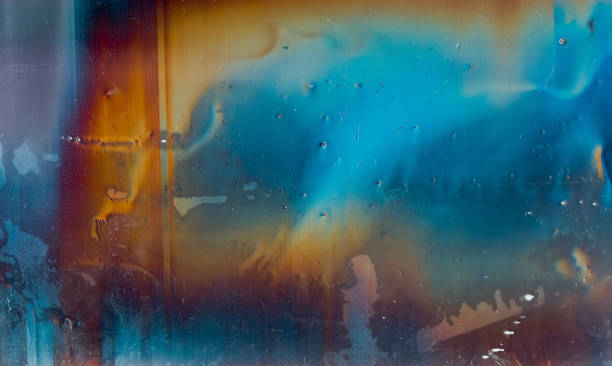- 1-905-452-8193
- Contact Us
- Member Login
- Get Listed Today
- 220,911 members

Paint coatings are essential to ensure that surfaces look as attractive and vibrant as possible, while also protecting them from environmental damage. However, even the best-applied moisture cured urethanes can fail over time if not properly maintained.
Let us look at some of the common causes behind failed paint coatings and provide tips for avoiding them. We will also discuss how to recognize when a coating has begun to fail and the steps you can take to repair the damage. By understanding these potential issues, you can help ensure that your surfaces remain protected against environmental exposure while looking as good as new.
Poor Surface Preparation
Before applying a coating, it's important to make sure the surface is properly prepared. This includes cleaning and degreasing the area, as well as priming any existing damage which may interfere with proper adhesion. Failure to do so can result in paint coatings flaking off or becoming discoloured due to dirt or grease causing them to become unevenly distributed.
Incompatible Materials
Certain materials are not compatible with certain types of paints and coatings, resulting in a failed application if they are mixed. This could be caused by an incompatible primer or an underlying layer that was not compatible with the new coating. Different chemicals used in one application may also react with each other and cause the paint to fail.
Incorrect Application Techniques
When applying a coating, it's important to use the right techniques to ensure proper adhesion. This includes using the correct thickness of coats and adding enough layers to fully cover the surface. Failure to do so can result in cracks or blisters forming in the coating, as well as peeling away from the underlying surface.
Temperature Extremes
Paint coatings are designed for particular temperature ranges, which if exceeded can result in poor performance or failure altogether. Cold temperatures can cause some paints to become brittle, while excessively high temperatures can lead to blistering, cracking or other damage due to over-expansion of the material.
Humidity Levels
Paint coatings can be affected by high humidity levels, as moisture in the air can interfere with proper drying and lead to bubbling or blistering of the paint surface. It's important to ensure that the area is adequately ventilated before applying a coating, as this will help reduce any potential damage caused by humidity interference.
Poor Quality Materials
Using a lower-quality paint or coating can lead to premature failure due to the materials not being able to stand up against the environment in which it is applied. Cheaper paints are more prone to fading, cracking and other signs of degradation over time compared to higher-end products. Therefore, it's important to invest in good quality paints and coatings that will last longer and look better for longer periods.
UV Light Exposure
Sunlight can cause certain types of paint coatings to fade or become discoloured over time if exposed for too long without protection from a clear topcoat. This is most common with dark colours as they tend to absorb more heat from the sun than lighter colours, resulting in fading or discolouration.
Contamination
Dirt, dust and other contaminants can cause paint coatings to fail prematurely due to the particles getting lodged into the paint and preventing adhesion. This is why it's important to clean surfaces thoroughly before applying a coating and to avoid painting in windy conditions that may blow debris onto the surface.
Poor Maintenance
It's important to maintain your painted surfaces regularly by cleaning them with appropriate cleaners and checking for any signs of damage or wear. Doing so can help prevent corrosion, cracking or blistering from occurring due to exposure over time.
Porous Surfaces
Certain substrates such as concrete are highly porous and absorbent, which can prevent paint coatings from properly adhering to the surface. This is why it's important to use a primer that is specifically designed for porous surfaces to ensure proper adhesion and performance.
All of these factors should be taken into account when considering how best to prepare and apply paint coatings, as failure to do so may result in premature failure or poor performance over time. If you are unsure about any aspect of the process, it is always best to consult a professional who can help guide you through the application process.
